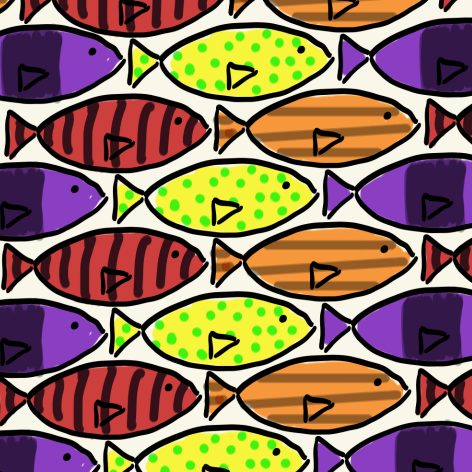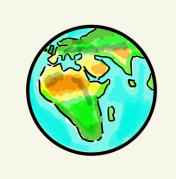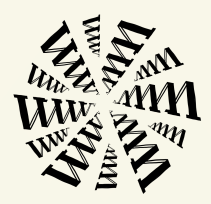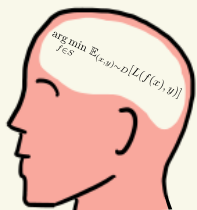Turing patterns
The extension of Turing patterns to growing surfaces has been a useful framework for understanding the interplay of pattern formation and surface growth. The original paper on the subject, to the best of my knowledge, is from the last century and three researchers in Oxford. Since then, many researchers have continued to demonstrate how surface growth can unlock novel behaviour in Turing patterns, and in reaction-diffusion systems in general.
Interfaces
Some of the most convincing experimental work on growing surfaces has been done on the behaviour of interfaces. An interface, as described in the link, is a boundary between two regions that are different in some way. To generate a growing surface in these systems the following 'trick' is typically used: imagine a circular bacteria colony in a petri dish. As time passes the circular colony grows due to cell proliferation. Although the bacterial colony is not situated on a growing surface, due to the properties of a circle the cells at the perimeter of the colony can be thought of as being situated on a growing line (a one-dimensional surface). The same approach has been used to study growing interfaces in liquid crystals, although in this example turbulence drives interface expansion instead of cell proliferation.
Expansion of the universe
The expansion of the universe is perhaps the best-known example of a growing space. Although the dynamics of the early universe are not well understood, one theory is that small density fluctuations in the early stages of the universe were magnified by its expansion and so seeded the large-scale structures we see today, such as galaxies. This process is referred to as structure formation.
Neural networks
Simply put, neural networks are comprised of an architecture (a network) and a model situated on this architecture. This model is then trained to give predictable outputs to a range of inputs. The architecture of a neural network necessarily influences its training and performance, and so an obvious question is how best to choose one? One approach has been to grow the network as the model is being trained, examples of this include GradMax, MixtureGrowth, and Firefly. As in the case of the interfaces example above, the role of intrinsic expansion in network growth may not always be immediately apparent, but it is often present.